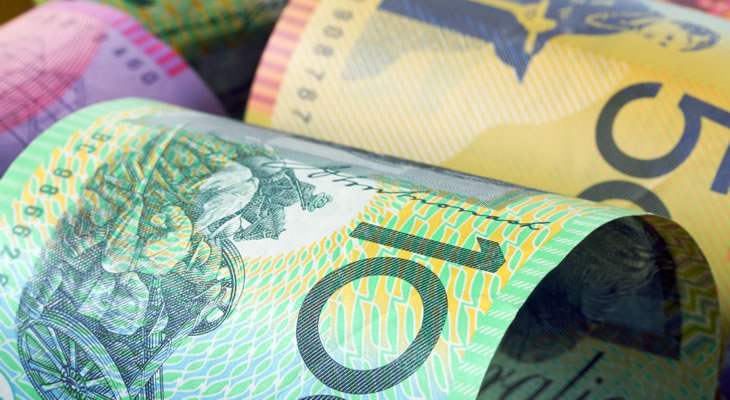GBP/AUD Conversion Rate Predicted to Dive after UK Borrowing Data Disappoints
The Pound Sterling to Australian Dollar (GBP/AUD) exchange rate dived by around -1.1% on Friday afternoon.
British public sector finances data saw the worst October since 2009, causing the Pound to slump versus its currency rivals. October’s Public Sector Net Borrowing came in at 7.5 billion; eclipsing the market consensus of 5.3 billion. Additionally, PSNB ex Banking Groups came in at 8.3 billion in October which was well above the market consensus of 6.0 billion. This latest problematic government borrowing data suggests that Chancellor George Osborne will be unlikely to meet fiscal targets for 2015/16.
The Pound avoided more significant losses today, however, after Nationwide reported that first-half mortgage lending increased by 14%. Nationwide now represents 13.2%of the gross mortgage lending market in the UK. Chief executive Graham Beale stated; ‘Our first-half performance reflects the growing strength and security of the society, with all of our core product areas delivering standout results.’
The Pound Sterling to Australian Dollar (GBP/AUD) exchange rate is currently trending in the region of 2.1031.
AUD/GBP Conversion Rate Predicted to Rally Even after Iron Ore Hit Fresh 10-Year Low
Despite the fact that iron ore prices dropped to a fresh 10-year low during the Australasian session, the Australian Dollar rallied versus its currency rivals. This was mainly due to a speech from Reserve Bank of Australia (RBA) Head of Economics Analysis, Alexandra Heath. Ms Heath stated that the Australian economy was withstanding the slump in terms-of-trade as a consequence of the end of the mining boom. This suggests that the South Pacific economy is less reliant on its flagging mining sector which means weak commodity prices have less of an impact on the ‘Aussie’ (AUD).
‘While current growth in the Australian economy is not as strong as we would like, the evidence from previous terms of trade cycles suggests that we have actually done quite well in aggregate. Some of the explanation appears to be that the labour market has been more flexible and relative wage developments have facilitated the adjustment of labour between sectors.’
The Pound Sterling to Australian Dollar (GBP/AUD) exchange rate dropped to a low of 2.1026 during Friday’s European session.
Pound Sterling to Australian Dollar (GBP/AUD) Exchange Rate Forecast: UK GDP in Focus
Over the course of next week there will be a number of economic data publications pertaining to the UK and Australia with the potential to provoke Pound Sterling to Australian Dollar (GBP/AUD) exchange rate volatility. Of particular significance will be Friday’s third-quarter British Gross Domestic Product. Australian data will be less impactful over the coming week, however, given the absence of significantly influential reports.
With that being said, there is the potential for heightened AUD volatility in response to North American data. US Durable Goods Orders, Core Personal Consumption Expenditure, Consumer Confidence, Personal Consumption and Annualised Gross Domestic Product will all be of interest to those trading with the Australian Dollar. This is because if the data prints positively it will support hopes for a 2015 Federal Reserve rate hike.
The Pound Sterling to Australian Dollar (GBP/AUD) exchange rate climbed to a high of 2.1268 during Friday’s European session.


Comments are closed.